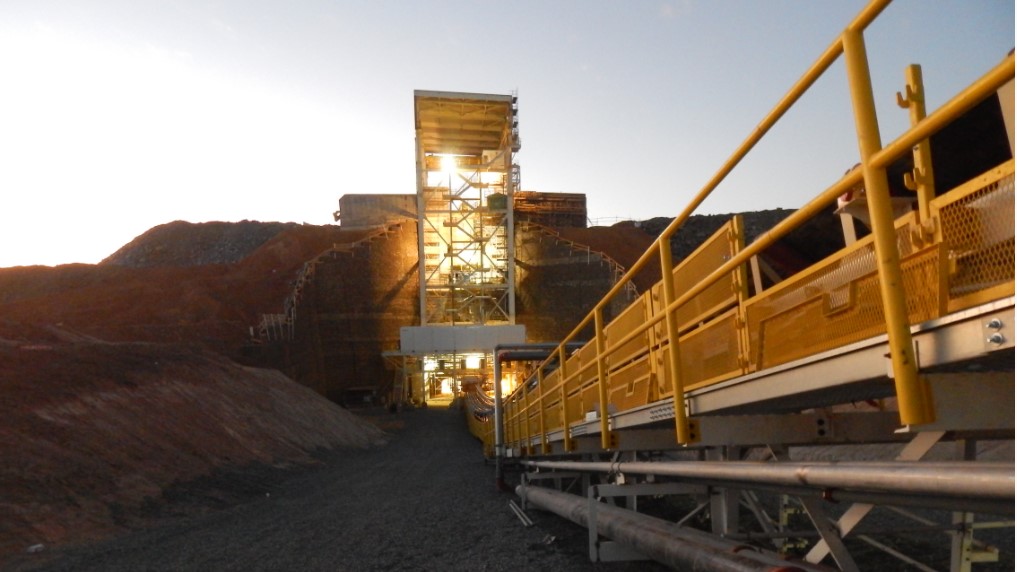
Shares of Kinross Gold (TSX: K, NYSE: KGC) rose to a near 52-week high on Wednesday after outperforming analysts’ estimates in the first quarter of 2023. The stock was up 2.4% to C$7.30 per share by 1 p.m. in Toronto, for a market value of C$9.1 billion.
Earlier, the company released its Q1 2023 results, highlighted by net earnings of $90.2 million or $0.07 per share. This was above the Zacks Consensus Estimate of $0.05 per share, and better than the earnings of $0.06 per share recorded a year ago.
The Canadian gold miner has now surpassed consensus EPS estimates twice over the last four quarters. In Q4 2022, the company produced earnings of $0.09 per share, which was also $0.02 higher than expected.
The latest quarter was marked by stronger production that helped generate revenues of $929.3 million, compared to $700.9 million during the same period in 2022.
Total quarterly production from continuing operations was 466,022 gold-equivalent ounces, representing a 23% year-over-year increase. All-in sustaining cost per ounce sold was $1,321 in Q1 2023, up from $1,231 in the 2022 comparable period.
The higher Q1 output was attributed to the production ramp-up at La Coipa in Chile, which achieved record grades and recoveries since restarting operations last year.
Tasiast in Mauritania also delivered strong production, including two record-production months in January and March. Paracatu in Brazil remains a solid contributor with higher year-over-year production at lower costs.
Across the portfolio, all projects are on plan and met quarterly production targets, the miner said.
“Tasiast, La Coipa and Paracatu delivered strong production, margins and cash flow, including two record production months and record grades at Tasiast,” Kinross CEO Paul Rollinson said in a news release. “Our US operations delivered on plan as we continue to reinvest in our future with a focus on higher-margin opportunities.”
“We continue to make excellent progress advancing our pipeline of development and exploration projects. The Tasiast 24k project is on schedule to reach nameplate capacity mid-year and the Tasiast solar power plant is expected to come online by the end of the year,” Rollinson said. “At Great Bear, drilling results continue to confirm mineralization with good widths and high grades including at depths of more than one kilometre.”
“Our portfolio of operations is well positioned and on track to deliver our annual production and cost guidance.”